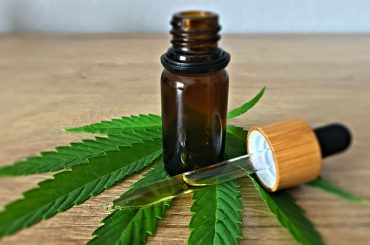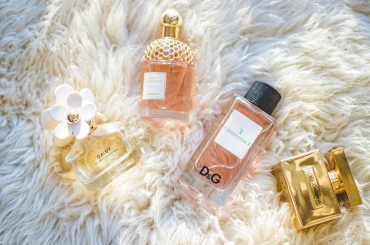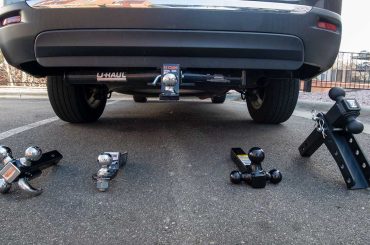Table of Contents
Are you fond of syrups and jams? Well, if you are, then rhubarb must be your treat to have delicious recipes. These red-green stalks are versatile vegetables and a pretty fair investment to have in your space as they grow for years. Unfortunately, you do not have enough garden space for it. Don’t worry. These plants are easy to grow in a small area as well. Yes, you read it right. Growing rhubarb in pots is easy and accessible if you have limited space.
Moreover, growing them in pots has certain benefits as the allocation becomes easy. This particular vegetable needs enough water supply as well as needs to stay in places where it receives full sunlight.
In this guide, we have added all the tips and tricks for growing rhubarb in pots. Tune in to have all the understanding of growing delicious stalks at home in a pot.
How To Grow Rhubarb In Containers
Start with Selecting a Suitable Pot
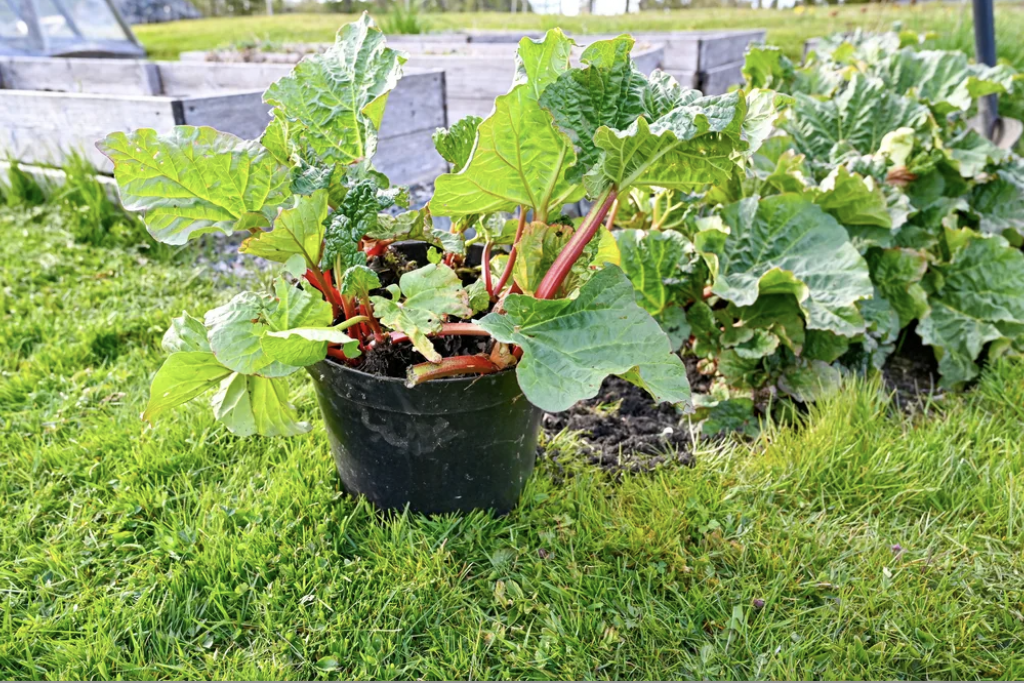
If you are planning to grow rhubarb in pots, then it becomes obvious to have a proper pot or container. Rhubarb plants have a large growth both horizontally and vertically, so you need to keep that in mind and select a big pot for it. It becomes important to select a container that is at least 20 inches deep and wide to provide plenty of space for the plant to grow. Furthermore, rhubarbs have deep and wide root systems as it matures over time. While growing rhubarb in pots, you don’t have to worry about the type of pot or container you need to choose. You can have any kind of container, such as one made up of plastic or ceramic. All you need to keep in mind is that it requires well-drained soil, so the container or pot must have adequate holes present to get rid of excess water from it.
If you choose a proper container to grow your rhubarb, then your plant can give you produce for a good ten years, which implies a decade of having home-cooked desserts on your plate.
Preparing Your Container
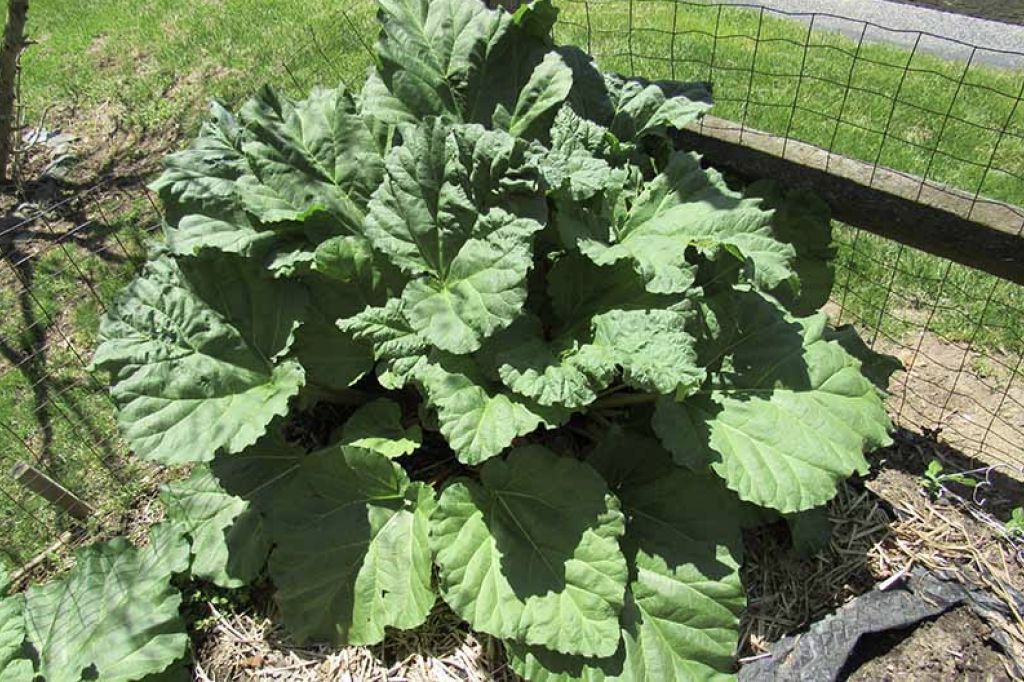
When planted in the garden, Rhubarbs do not require extra care or supplements to grow well. But when growing rhubarb in pots, you need to prepare the foundation where you are going to plant these delicious stalks. Rhubarb plants are heavy feeders. Thus, having a proper potting mix and compost in the soil becomes of utmost importance. This is because the plant’s growth will thrive and give a healthy harvest. You should fill your container with potting soil mixed with a little balanced vegetable fertiliser.
Further, add compost or well-rotted manure to about half the mix. Moreover, use a good quality and organically rich mix. Also, keep in mind to have well-drained soil with a pH between 5.0 and 7.0. However, if you are not using any potting mix and using garden soil, then make sure to add compost or rotted manure well in the soil. This is because it will provide enough nutrients for the plant to grow well.
Different Methods of Planting Rhubarb
Growing rhubarb in pots can be done through different methods. It is easy, but you need to ensure that the soil you are planting is well-drained. However, there are four ways to grow completely new rhubarb in your pot: from a crown, a division method, a dormant bare root ball, and from sowing seed. We have discussed all four methods below so that you can make the best selection for growing rhubarb in pots.
1. Growing Rhubarb With Seeds
This is the most common way to plant a rhubarb plant if you don’t have any plants in your garden. However, it can take up to two years to germinate and establish before getting ready to be transplanted.
In order to speed up the whole germination process, you can just soak the seeds in water for a couple of hours before sowing them. This is because it helps to loosen the casing around the seeds and will fasten up the germination process. To sow the seeds, make an inch-deep hole about your fingertip size and then place a seed into the soil. Further, cover the seed with soil and water them thoroughly. You need to remember that the plant should be placed in an area that receives at least six hours of sunlight per day, and moisture should be maintained. Spring is the time when all the frost has passed, and the seedlings have gained some height. Then, you can transplant your plant to a larger container.
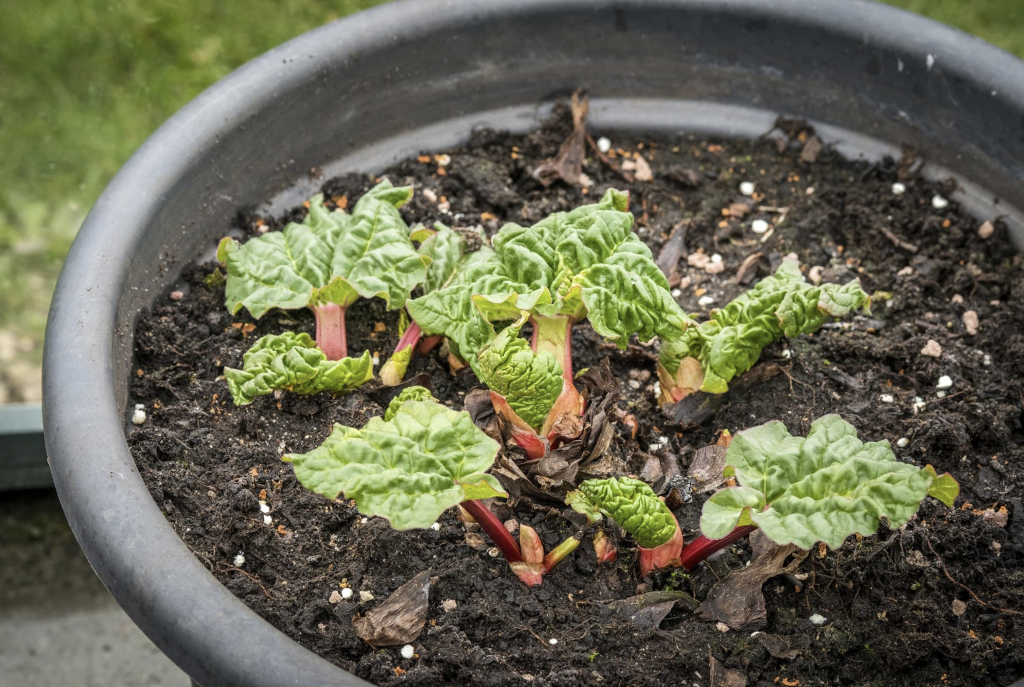
2. Planting a Crown
This is the most common way of growing rhubarb in pots. This is because, by this method, the stalks can be harvested in the first season after you have planted them. You need to make at least a 4×6-inch deep hole in the soil. Further, carefully remove your crown from its planter and place it at the top of the crown level with the soil surface. Cover the hole and water well. Remember to put the planted sapling in an area that receives plenty of sunlight. Also, keep the soil moist but not soggy.
Furthermore, if you are planting your crown in the fall, you must keep the moisture balanced. Do not overwater the plant. Reduce it and then increase it in the springtime. Also, have patience because, at times, you might want to chop these delicious stalks but don’t do it. Wait till it grows up to 10 to 12 inches tall. Also, don’t cut too much. Because if you harvest too much, then your root system won’t get developed well.
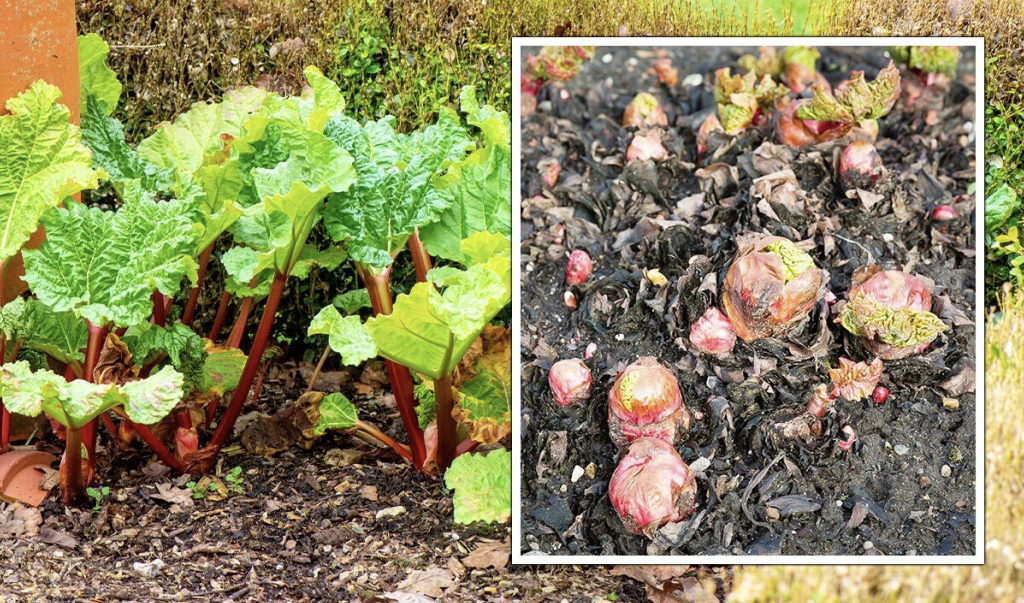
3. Planting a Division
Growing rhubarb in pots will be beneficial for you mostly, and if anyone lends you a division from their plant, it becomes easier to have your own plant. You need to divide the root into two equal halves. The best time to do it is in spring or fall, just before it goes dormant. However, carefully separate the clumps of roots and stems, and each clump should have at least one bud or eye for proper growth. Replant the division in a location that has at least 6 hours of sunlight.
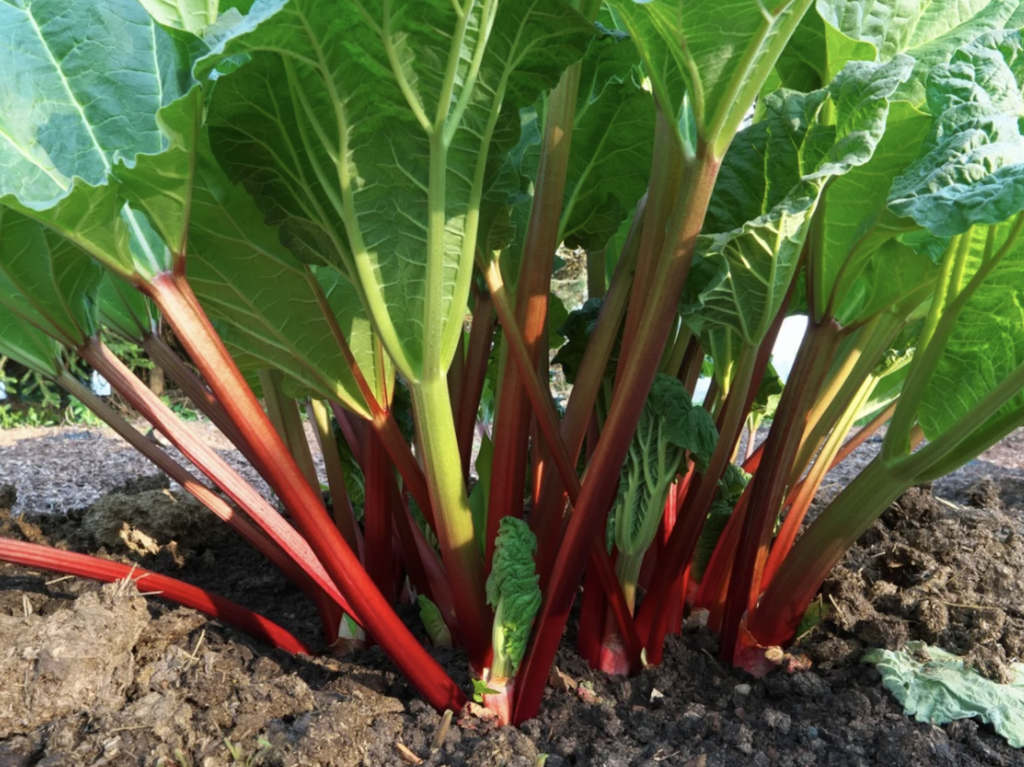
4. Planting a Dormant Bare Root Ball
When you purchase a plant from a nursery, then all you get is a pale, dormant bud. This is how you grow rhubarb in pots. Further, dig a deep hole for about eight to ten inches, depending on the size of the root ball. Then set the bare root ball in the soil and leave the bud outside. Usually, the bud is very pale, one inch long, that is placed near the top of the bare root. However, if you don’t see a bud, then contact your seller. Plant it in moist soil, and if you are planting it in the fall, do not water it. Do not harvest it in the first season. Let the roots get established first then you can harvest them from the second season.
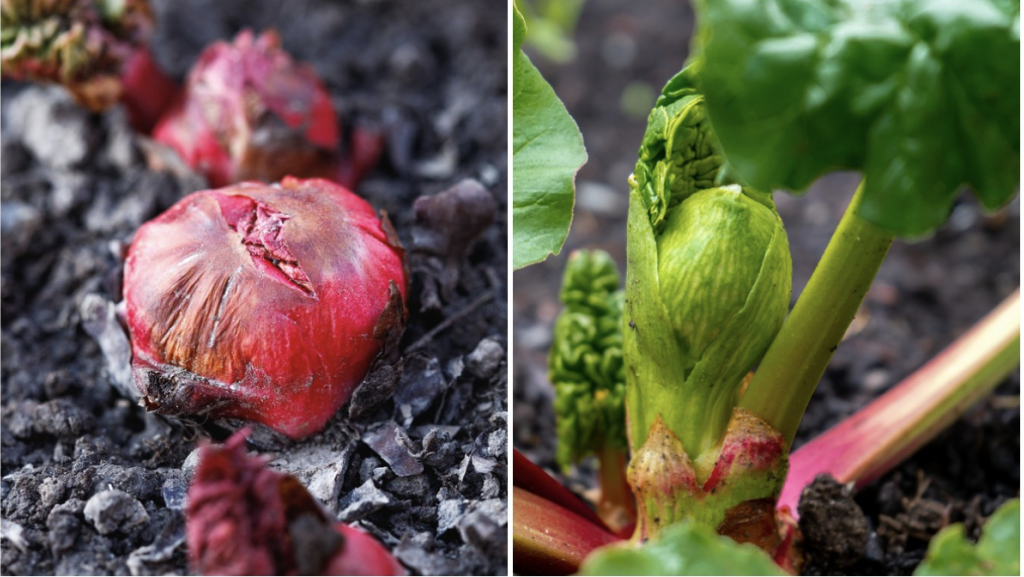
Harvesting Rhubarb
Growing rhubarb in pots can be easy, but harvesting it is tough as it requires a lot of patience. Most of the plants will produce stalks in their second and third year. Till then, you need to control yourself from picking those tempting stalks. To harvest your rhubarb, simply grab the stem at the base and pull it away from the plant. Make sure to leave some stalks behind in order to have a good yield for the next season. Do not consume its leaves, as they have no taste and are even toxic. So remove them before using your recipes.
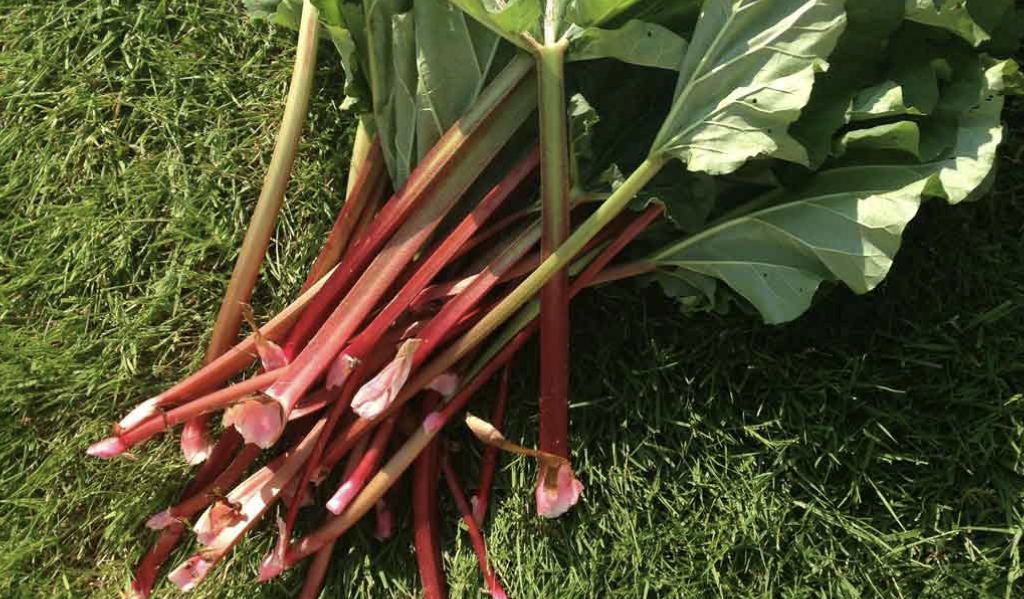
Care for Rhubarb
Rhubarb are easy to care for as they are not very demanding. All you need to know is that if you are growing rhubarb in pots, you must ensure it receives plenty of sunlight. They grow best in sunlight with moist soil.
However, there are certain things that you must remember. When these delicious stalks are grown in containers, the soil can dry out more quickly in comparison to the ones in the garden. So do not let your plant dehydrate. Keep a regular check on that. If your region did not receive sufficient rain, then provide extra irrigation.
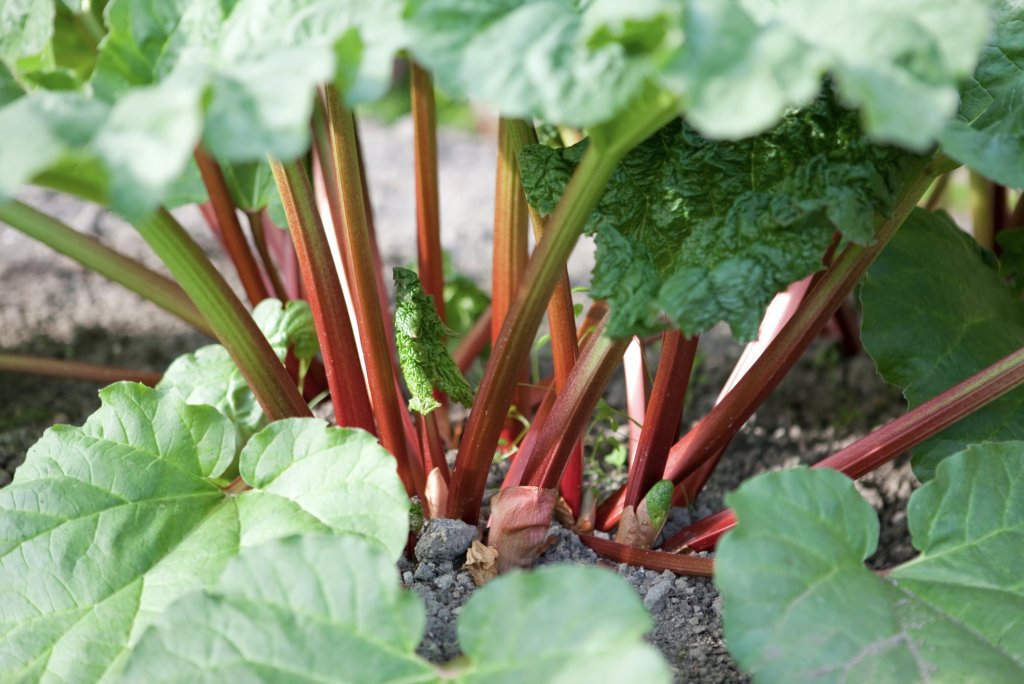
Another critical thing to remember when growing rhubarb in pots is that it needs a balanced fertiliser, or you can try mulching. Mulching or composting the soil can retain moisture but ensure that it does not touch the crown. When you see new growth after the fall, then fertilise the soil with 10-10-10 NPK granular fertiliser. Do not water the plant in winter as it does not require water in winter. Also, do not let the container retain the moisture as it will make the soil soggy and which will hinder the growth of the rhubarb plant.
Pest and Disease
Rhubarb is pest resistant and especially when grown in containers. However, you need to look out for fungal leaf rot. This happens when the leaves stay damp or stay in contact with other wet leaves for too long. To get rid of this issue is to water at the base of the plant, avoiding the leaves. Prune the dead and dried leaves for better growth. You need to protect your Rhubarbs from a weevil which is a yellowish, long-snouted, half-inch-long beetle that carves out beautiful stems and leaves of the plant. You need to manually remove them from your plant before they multiply and harm your plant.
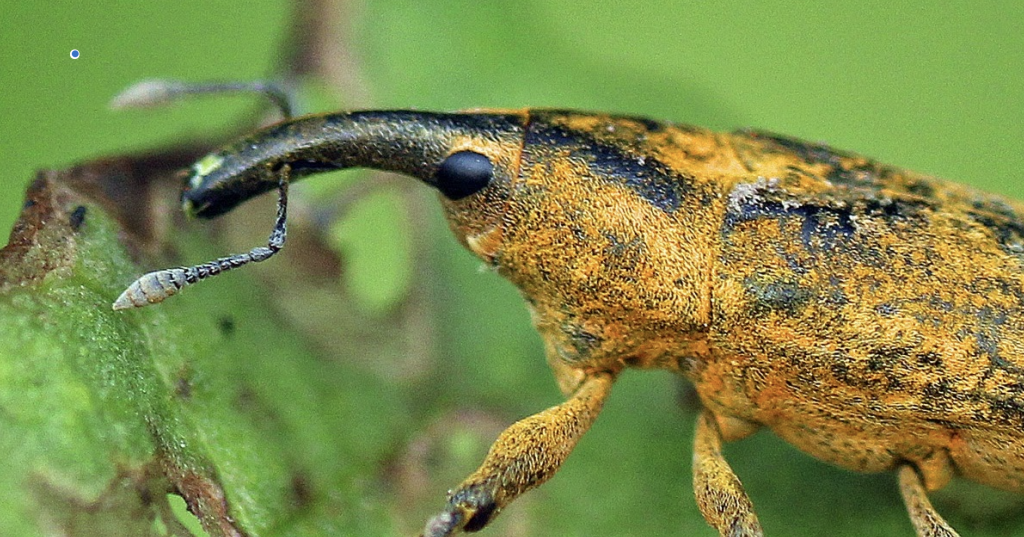
Is Growing Rhubarb in Pots Worth It?
It is extremely worth it. Rhubarb is a healthy and long-term investment, and you must have it in your garden. We have mentioned all the essential information that you should have. Growing rhubarb in pots is now not a hard task for you. All you need is some effort and energy to grow these delicious stalks on your balcony or deck. This plant does not require much of your energy, but you need to provide it with some basic needs, that is, sunlight and moisture.
Also, have patience when it comes to harvesting these tasty stalks. They can grow for a decade, but you need to give the plant some time to establish its roots. Now you have all the information, so pick up your gardening equipment and plant your pot of happiness.




